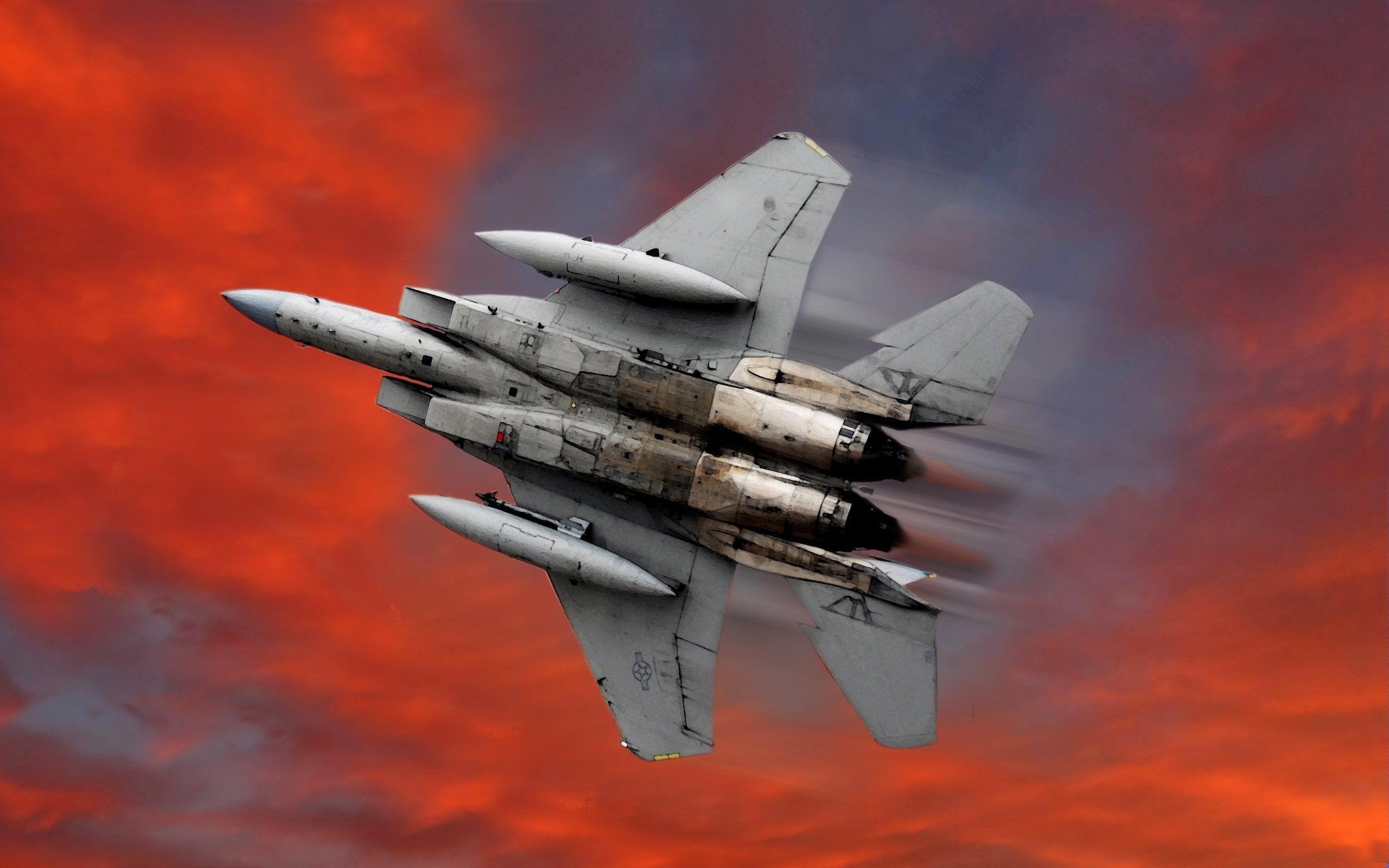
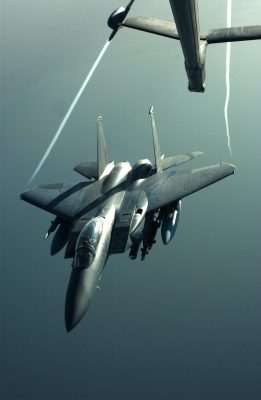

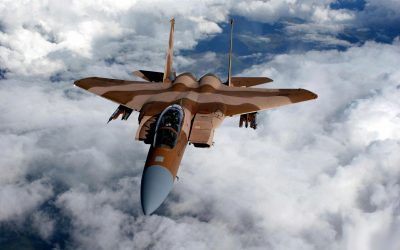
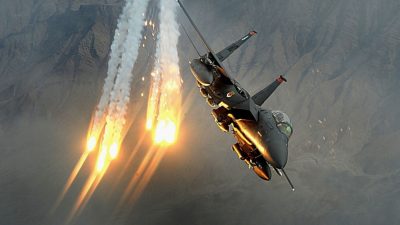
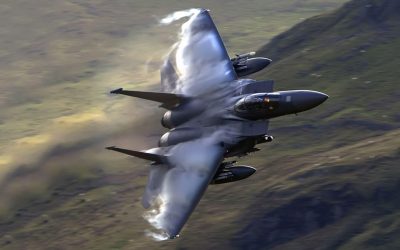
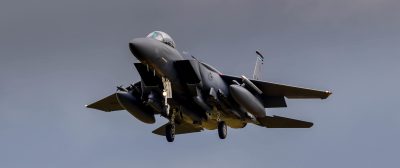
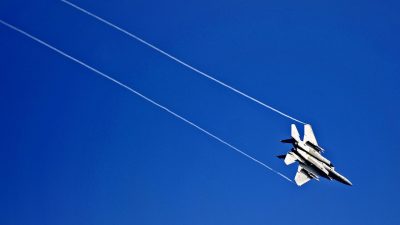

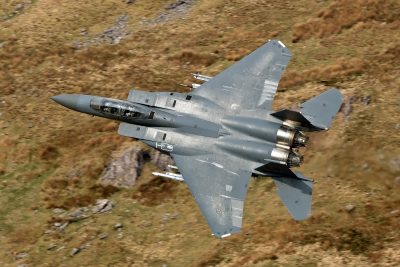
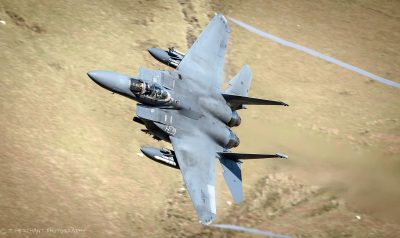


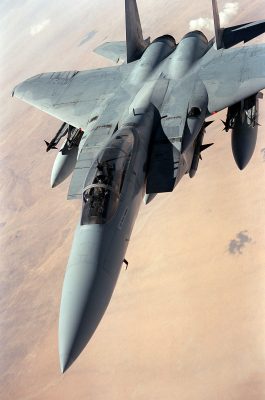
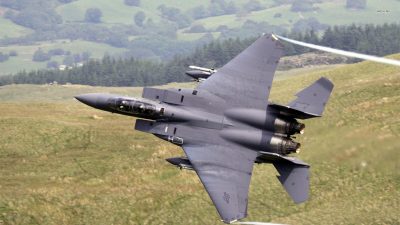

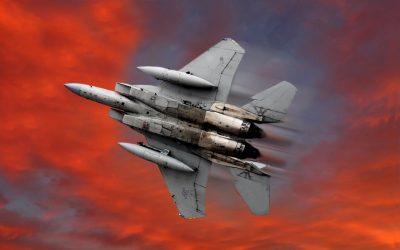
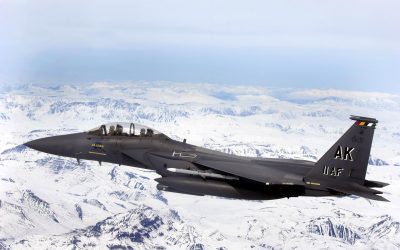
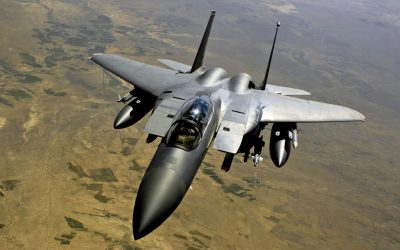
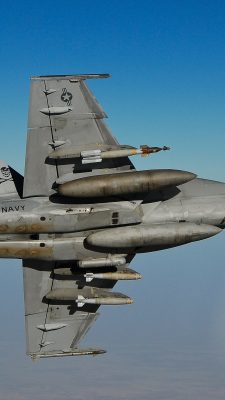
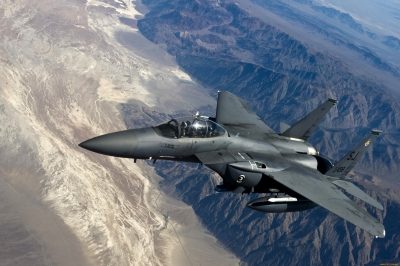
F-15 Eagle wallpapers for your PC, Android Device, Iphone or Tablet PC. If you want to download F-15 Eagle High Quality wallpapers for your desktop, please download this wallpapers above and click «set as desktop background». You can share this wallpaper in social networks, we will be very grateful to you.
One of the most effective and common fighter jets of the USAF. Adopted in 1973, it is in service in the XXI century. The longevity of this aircraft is associated with great potential for its modernization. For more than 20 years, several modifications of the fighter have been made: the A-15A, C, B, D, E-15C is the most common version of the aircraft: it is designed both for carrying out the tasks facing the fighter and for launching air strikes ground targets. Aircraft F-15 G (“Eagle”) refers to the all-weather attack fighter. At the beginning of the XXI century. The US Air Force is armed with over 900 F-15 aircraft of various modifications.
The development of the modernized F-15 dates from 1976. Then the main requirements for the appearance of the new car were set. The US Air Force ordered the F-15C and F-15D to be equipped with a new set of weapons – medium-range AIM-120 AMRAAM missiles of inertial type with radio correction. The range of such missiles reached 50 km.
The F-15C / D saw the light in 1979. Unlike the base model, it had inherent: improved avionics, a reinforced design of air intakes and individual airframe elements, an increased capacity of fuel tanks, the presence of attachment points for non-drop suspended conformal tanks.
The production of AIM-120 missiles has been delayed, and it was only since 1991 that the aircraft was completed with this type of weapon. Prior to this, the main weapons that carried the upgraded F-15 were UR missiles with the AIM-7M Snarrow radio guidance system, which could hit an air target at a distance of up to 45 km.
2 conformal tanks have a total capacity of 4265 kg of fuel. They are mounted under the wing on both sides of the side. The name of these removable container tanks is Fast Pack. As tests have shown, thanks to the use of conformal tanks, the fighter radius has been increased by 71%. But there were other perspectives in using containers. In particular, their holders could hang up to six 450-kilogram air bombs. In addition, the option of equipping the front compartment of one of the containers with various reconnaissance or navigation equipment and REP systems was considered.
They could accommodate an alcohol-water solution used to cool the air entering the engine compressor, which gave a short-term increase to the turbofan propulsion unit, or an auxiliary power unit in the form of two AR2-3A liquid propellant rocket engines. These engines accelerated the aircraft to supersonic speeds at altitudes of up to 23 km.
The first F-15 with outboard Fast Pack took off on 07.27.1979. Having made a five-hour flight without intermediate landings, he landed at the British airport in Farnborough. During this flight, an experienced F-15 with containers was dispersed to a speed of M = 2, and maneuvers with an overload of 5g were carried out on it. According to representatives of the US Air Force, these tests did not significantly affect the controllability of the machine in flight. But these were just words. In fact, the containers Fast Pack equipped only a limited number of aircraft F-15C / D. Most likely, this was caused by the deterioration of LTH when flying at supersonic speeds.
On an ongoing basis, they became components of a new modification of the F-15E multifunctional fighter. Ideas with the rigging of containers with weapons or reconnaissance equipment have not been translated into reality.
The flight tests and operation of the first F-15A / B series aircraft in the Air Force units identified a number of technical flaws. Therefore, the aircraft was sent for revision. In 1984, the US Air Force invested a project to improve the serial F-15A / B / C / D in the amount of $ 155 million. These funds were received under the MSIP program by McDonnell Douglas, which was engaged in strengthening the airframe and landing gear design. The result of these improvements was to increase the maximum take-off weight to 36.3 tons.
The first flight of an F-15C fighter developed under the MSIP program was conducted on 06/20/1985.
Regarding the modernization of aircraft equipment, modern multifunctional cabin indicators and the Link 16 automatic data transfer and reception system have appeared. They have improved the interconnection between pilots, ground command posts, AWACS aircraft and similar fighters. The equipment received 100 units of aircraft F-15A / B, operated by the US National Guard, and all multifunctional F-15E.
The F-15 Eagle was a significant step forward in the development of American attack aircraft, and long before the appearance of the Soviet Su-27, the characteristics of a Sukhovskaya car were inherent.
F-15 Eagle (F-15E) fighters appeared in service in the US Air Force combat units at the end of 1988, while Russian-made multifunctional aircraft became operational only in the late 1990s.
As the experience of operating new aircraft showed, the load on the crew when flying in difficult weather conditions at low altitudes was significant, the high degree of automation of the course flight did not meet all expectations. Therefore, it was necessary to conduct retraining flight crew F-15 Eagle. The indicators on the instrument panel of the cockpit were lit up when the sun’s rays hit them, which caused trouble for the pilots.
F-15 combat use
F-15C became the protagonists of the 1991 war in the Middle East. The 120 US Air Force fighters that conducted Operation Desert Storm made more than 5,900 sorties, which resulted in the defeat of 37 of the 39 aircraft that Iraq lost in air confrontations. Aircraft models that were then shot down by the “Needles” are the Mirage F.1, Su-22, Su-25, MiG-23 and MiG-25. The aircraft were carried out in the air for 6-8 hours, sometimes for this purpose it was necessary to refuel in the air from the KS-135 tankers. All planes were hit by Sidewind and Sparrow missiles. Guidance on targets came in the form of teams from DRLO aircraft.
F-15C – the most powerful fighter planes of NATO, which took part in the battles in the Balkans in 1999. Their task was to ensure effective air defense in the front-line zone and escort long-range US strategic bombers.
The first effective battle took place on 03/26/1999 over the airspace of Bosnia. The pair of American F-15Cs, according to early warning data of the E-3 “Sentry”, was aimed at a group of Serbian fighters that crossed the air border between the states. There was a battle, the results of which both sides interpreted in their own way. The command of the US Air Force announced the defeat of two MiG-29 and the absence of losses on its part. The Serbian side insists that both F-15 fighters were destroyed in this battle, and also without loss of their aircraft. The media on this precedent provided more substantial evidence of the Americans ’correctness, but this does not mean that the aircraft was completely invulnerable.
The power plant fighter McDonnell Douglas F-15 Eagle:
two engines F100-PW-100 of 66.5 kN each, with afterburner – 11 300 kN.
Performance characteristics of the McDonnell Douglas F-15 Eagle fighter:
Wingspan, m 13.05
Length, m 19.45
Height, m 5.63
Wing area, m2 56.73
Empty weight, kg 12 250
Weight, kg 6260
Take-off weight, kg 30 850
Airspeed, km / h: at an altitude of 11,000 m 2650
Flight speed, km / h: at the ground, m 1480
Flight range (without outboard fuel tanks), km more than 4600
Ceiling, m 19 800
Crew, people 1
F-15 Eagle
Armament McDonnell Douglas F-15 Eagle:
Small arms six-barreled gun of 20 mm caliber
Guided missiles 4x “Sparrow”
4x “Sidewinder” Bomb load, kg 7260

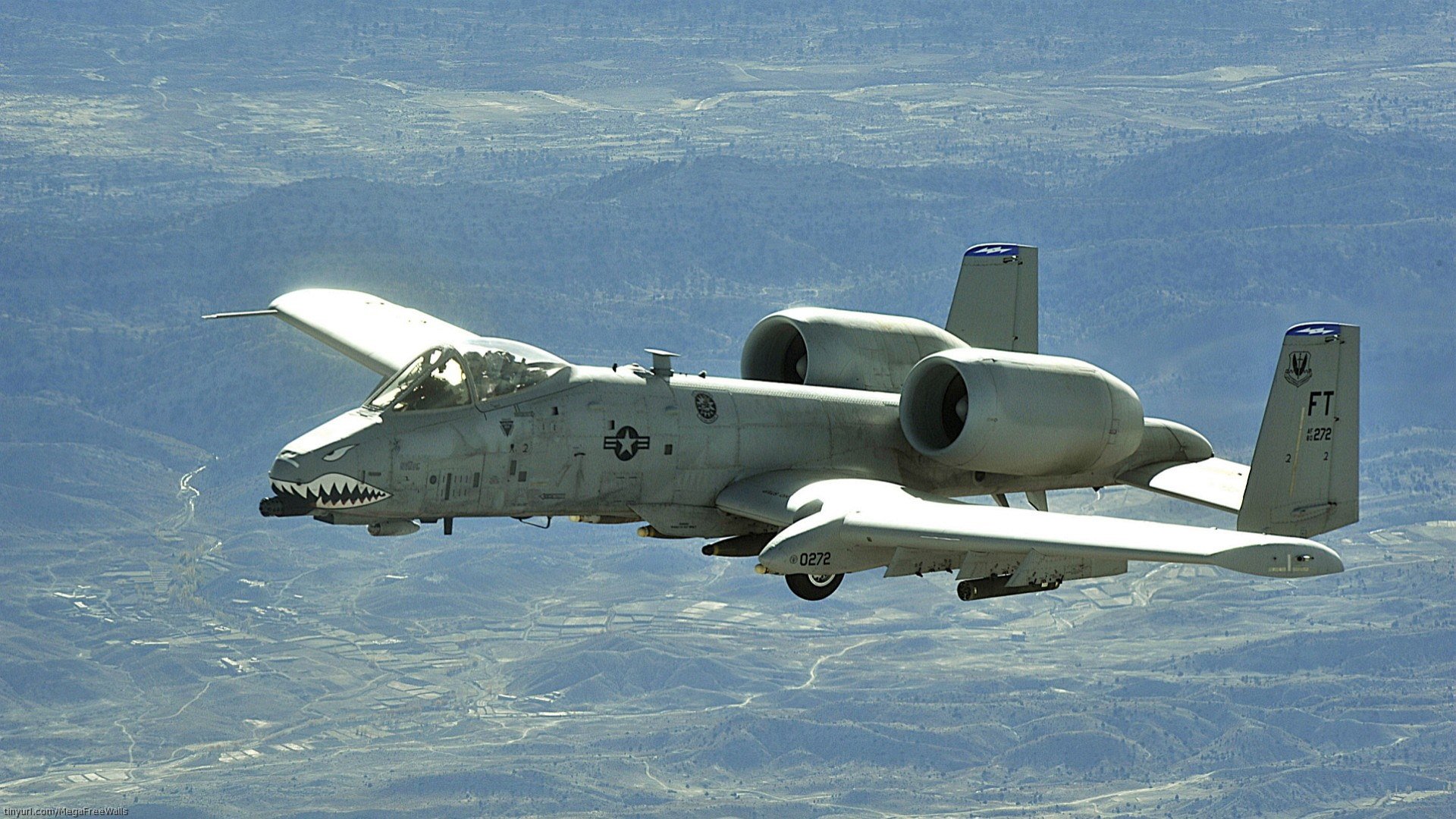

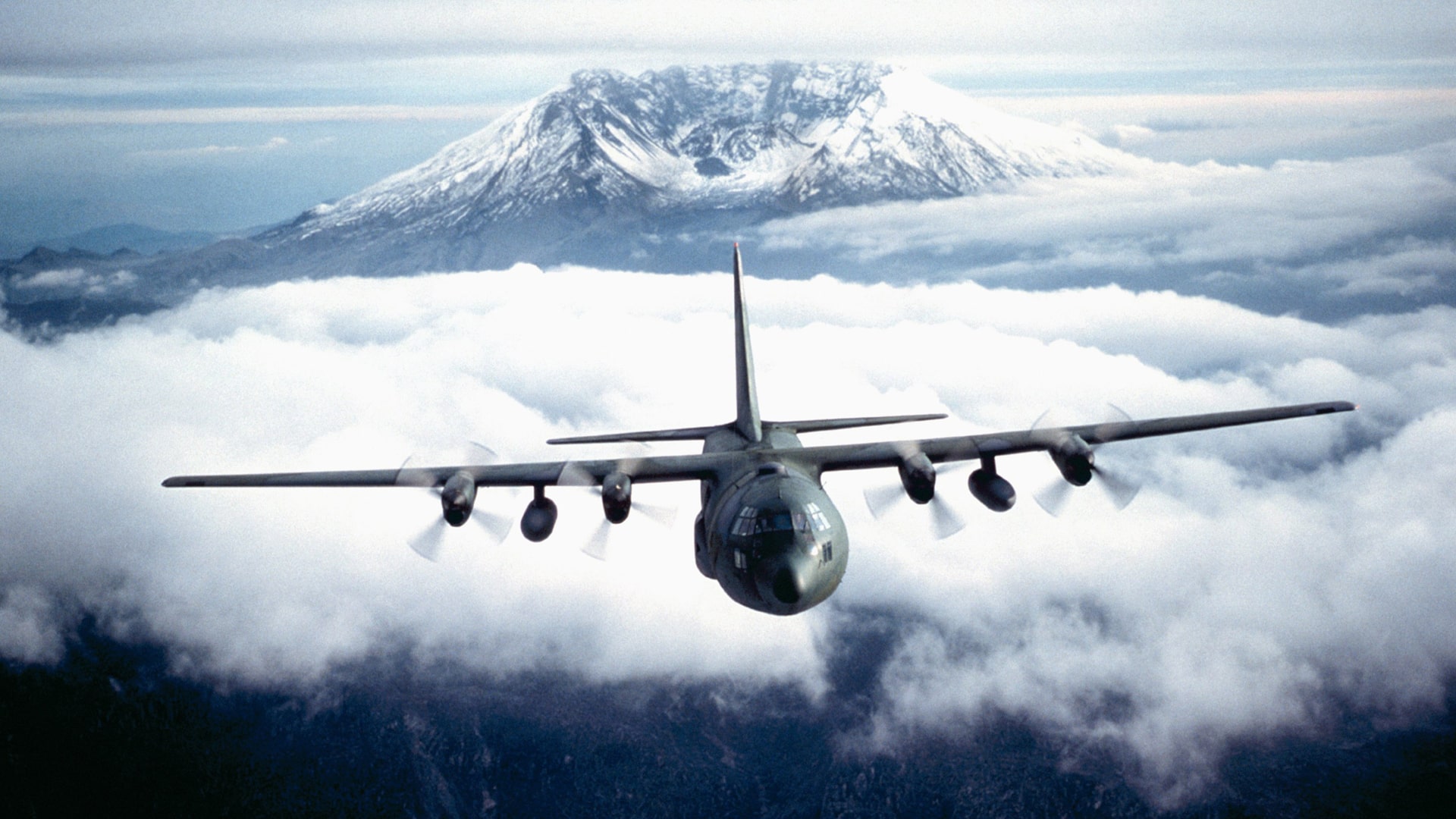
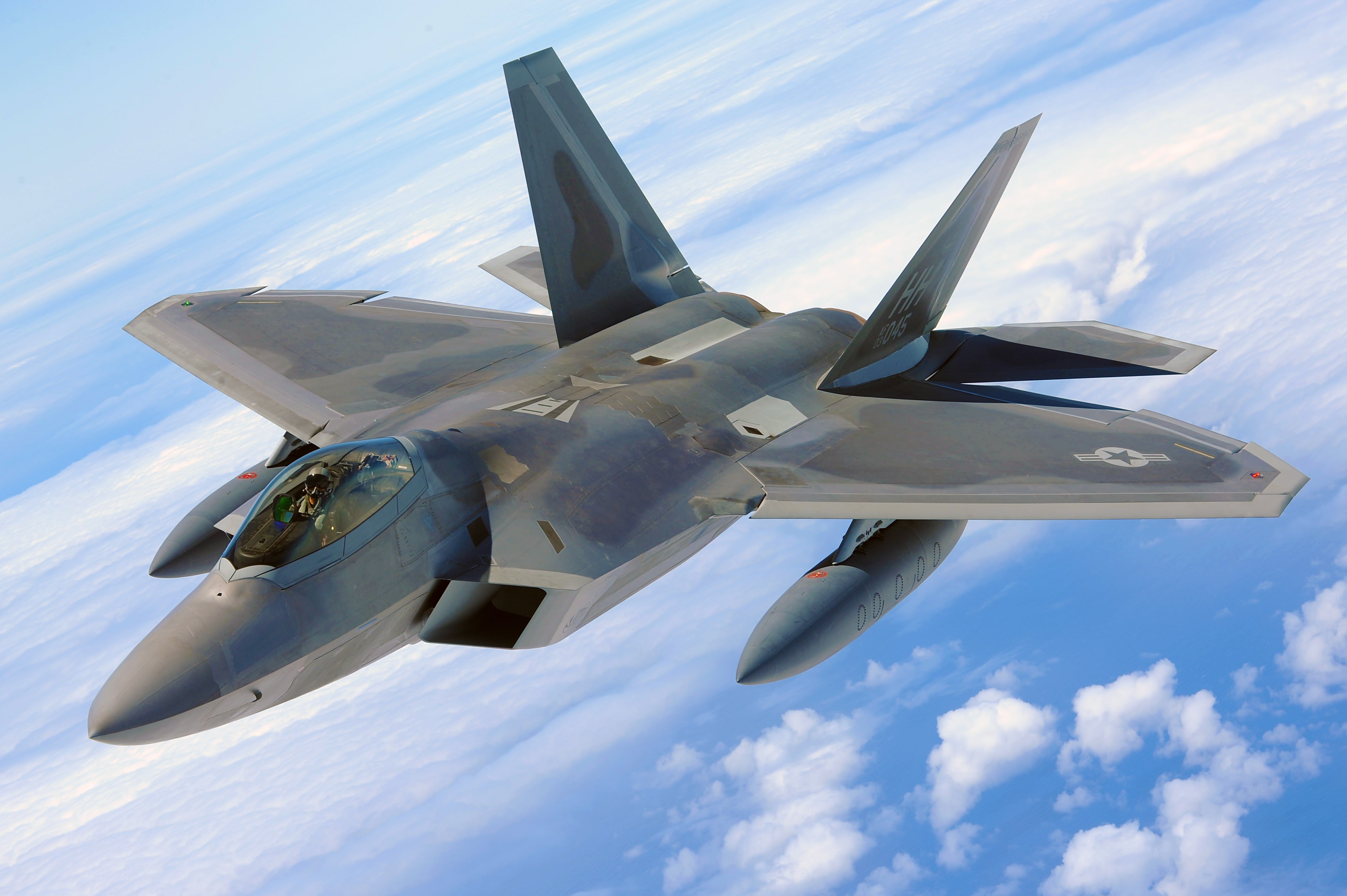


No Comment